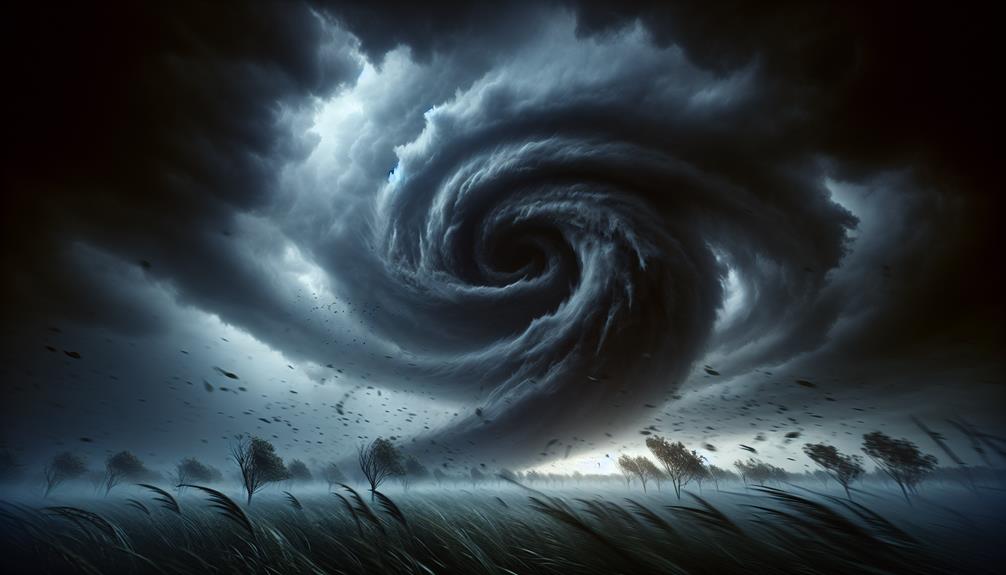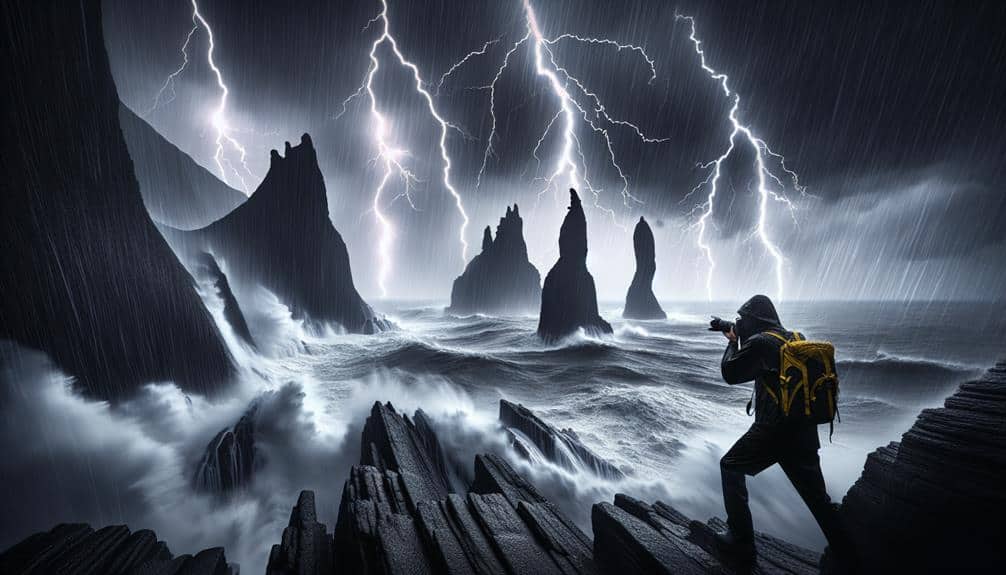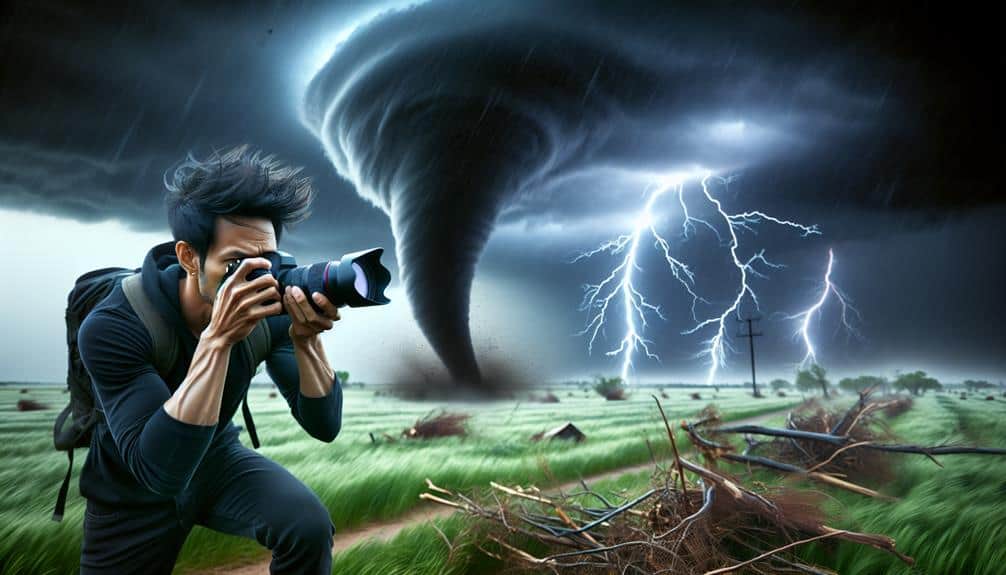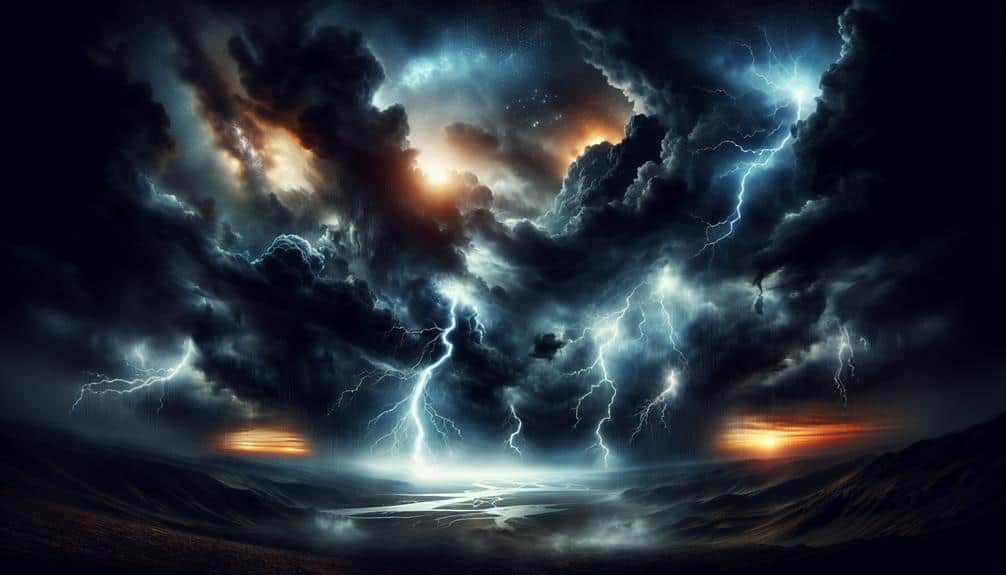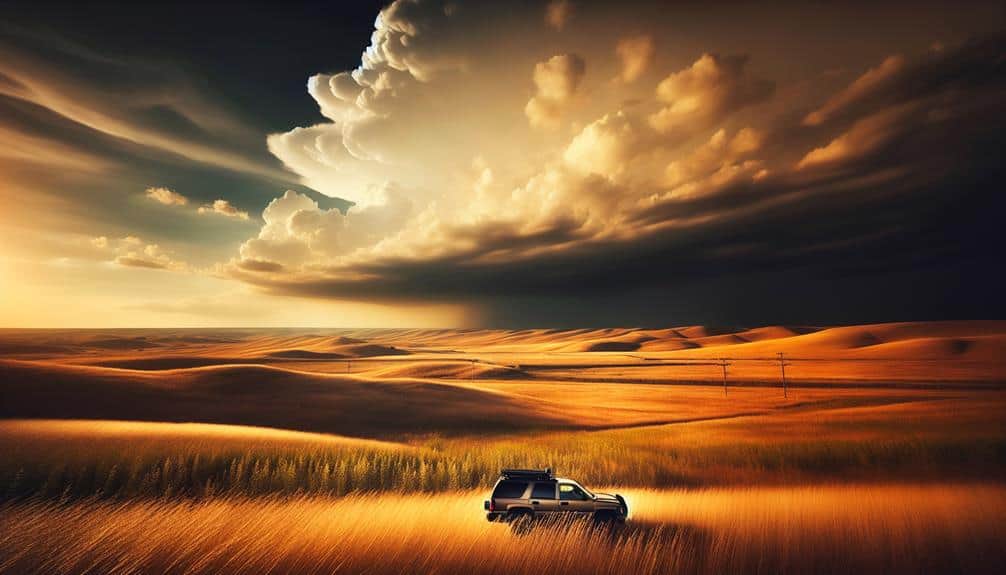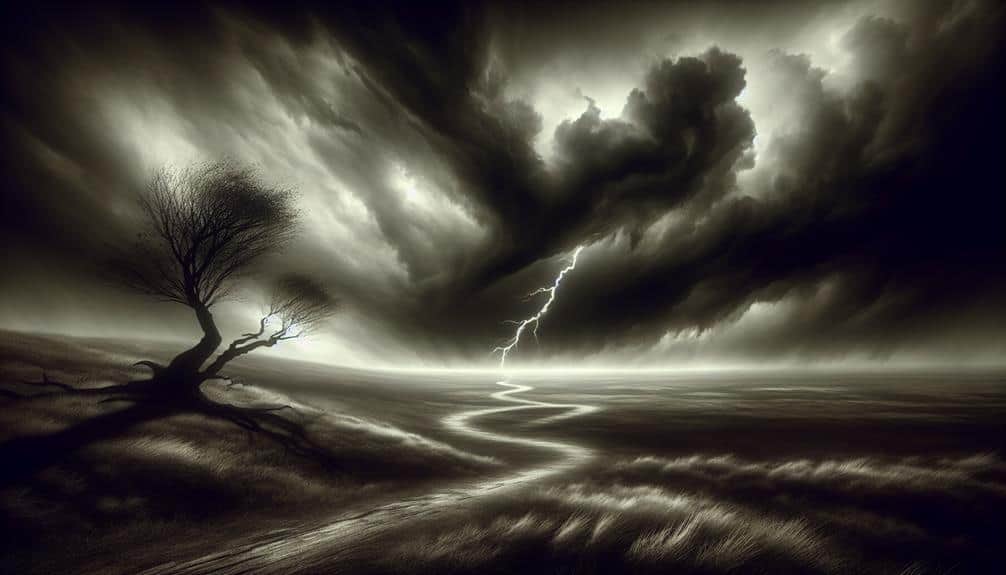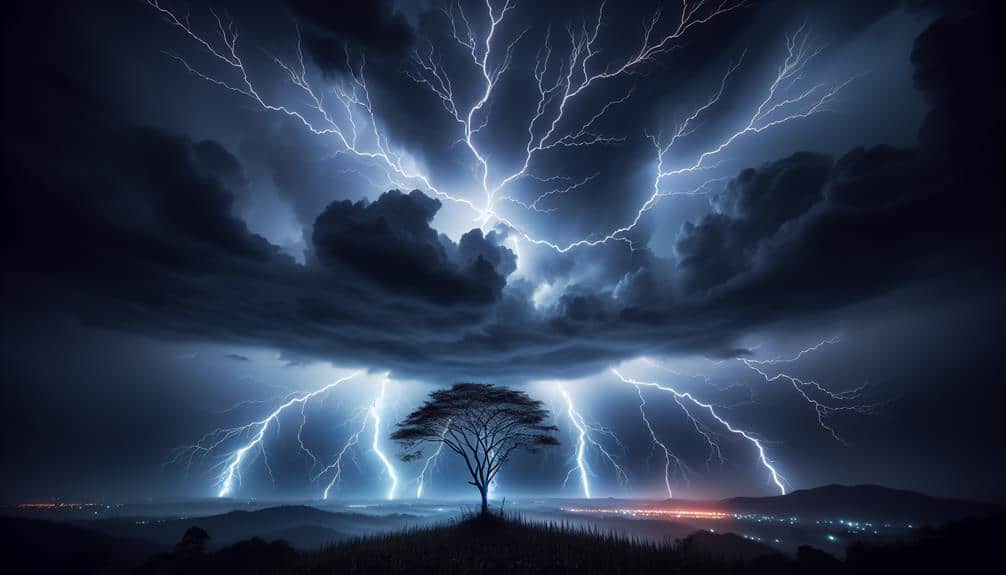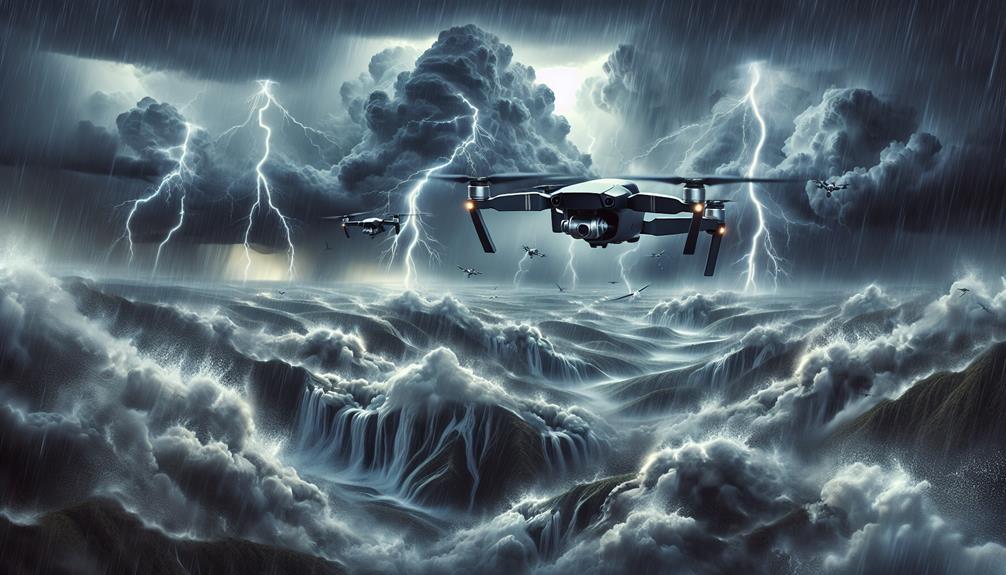How to Capture Dynamic Wind Patterns in Storm Photography
To capture dynamic wind patterns in storm photography, we need to start by understanding how wind behavior is influenced by Earth's rotation and pressure gradients, particularly the Coriolis effect. We'll need sturdy tripods and weather-sealed camera bodies to handle harsh conditions, along with wide-angle and telephoto lenses for versatility. Mastering camera settings like ISO, shutter […]
How to Capture Dynamic Wind Patterns in Storm Photography Read More »
